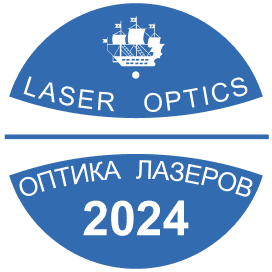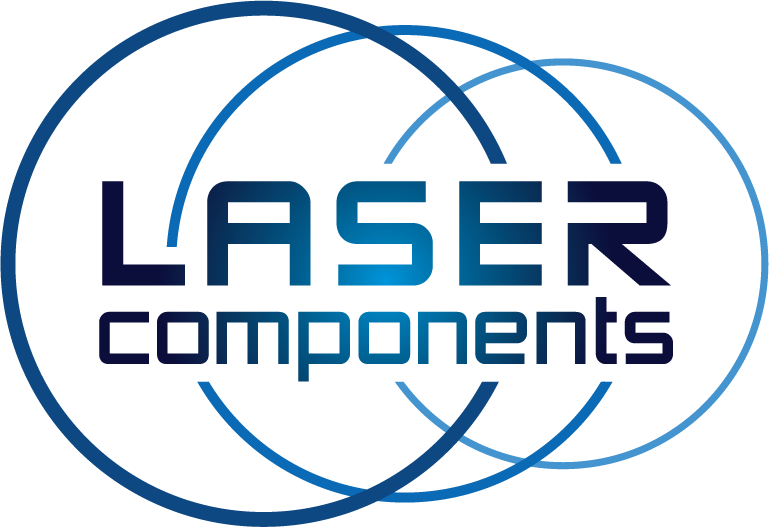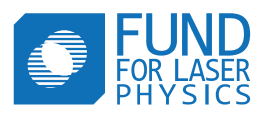Alexey Kimel
Alexey Kimel obtained his PhD from the Ioffe institute (St. Petersburg, 2002) and habilitation from Russian Technological University (MIREA, Moscow, 2018). He pioneered the ultrafast research on antiferromagnetic materials already 20 years [PRL 89, 287401 (2002), Nature 435, 655–657 (2005)] and his works in a large extent defined the development of ultrafast magnetism during the last two decades. Alexey Kimel is a co-inventor of ultrafast all-optical magnetic recording [PRL 99, 047601 (2007)] and inertia of spins in antiferromagnets [Nature-Physics 5, 727–731 (2009)], recognized world-leader in the field (Veni2004, Vidi2006, Vici2017, ERC-SG 2010, Russian MegaGrant-2013, ERC-AG2022). During the last years, his group has been pushing the frontiers of the field demonstrating the fastest and the least dissipative magnetic switching [Nature 542, 71–74 (2017)], revealing temporal and spectral fingerprints of the coherent switching in antiferomagnets [Nature 569, 7756 (2019)], discovering the regime of highly anharmonic dynamics of antiferromagnetic spins [Science 374 1608-1611 (2021), PRL (2023)].
Ultrafast magnetism – terra incognita beyond the classical approximations
While magnetism is essentially the strongest quantum mechanical phenomenon, modern description of magnetization dynamics and magnetization reversal relies on thermodynamics and the corresponding approximations. I will show that ultrashort (sub-100 ps) stimuli push magnetic media into a strongly non-equilibrium state, where the conventional description of magnetic phenomena in terms of equilibrium thermodynamics fail and the experimentally observed ultrafast magnetization dynamics and reversal challenge the current theories. For instance, while the conventionally accepted Curie-Neumann’s principle states that “the symmetries of the causes are to be found in the effects" [1], in ultrafast magnetism the principle fails and magnetization dynamics becomes counter-intuitive. We will demonstrate that ultrafast (sub-100 ps) heating with the help of ultrashort laser pulses causes magnetization reversal without any magnetic fields [2], laser-induced spin dynamics is strongly non-linear, where new channels of spin-lattice interaction open-up [3] and the principle of superposition fails i.e. 1+1>2 [4].
[1] P. Curie, J. Phys. Theor. Appl., 393–415(1894) [https://en.wikipedia.org/wiki/Curie%27s_Principle]
[2] T.A. Ostler et al, Ultrafast heating as a sufficient stimulus for magnetization reversal in a ferrimagnet, Nature-Communications 3, 666 (2012).
[3] E. A. Mashkovich et al, THz light driven coupling of antiferromagnetic spins to lattice, Science 374, 1608-1611 (2021).
[4] T. G. H. Blank et al, Empowering control of antiferromagnetic spins by THz spin coherence, Phys. Rev. Lett. 131, 096701 (2023).








